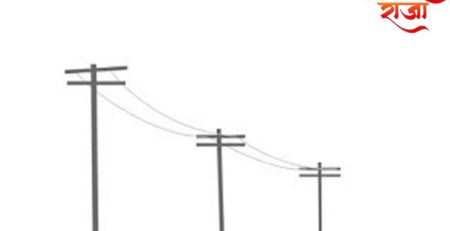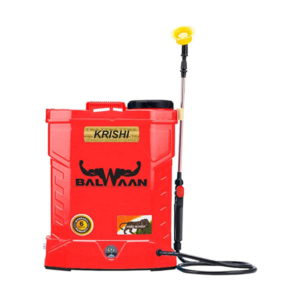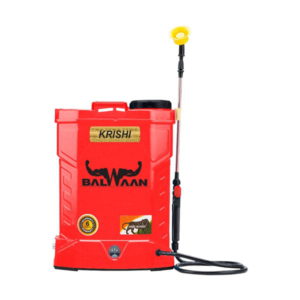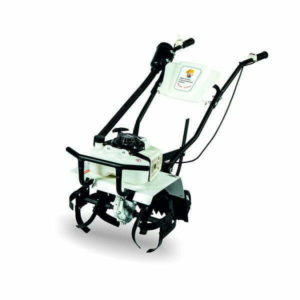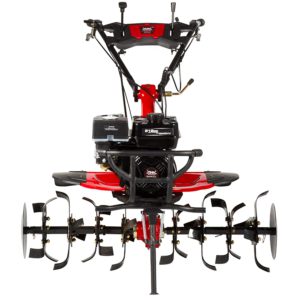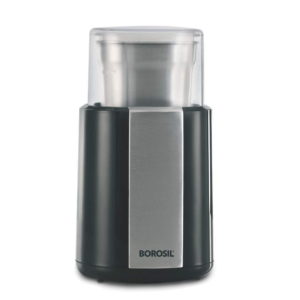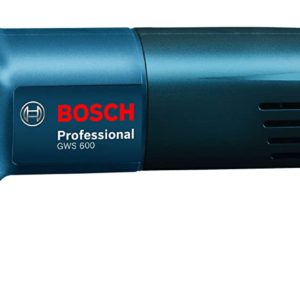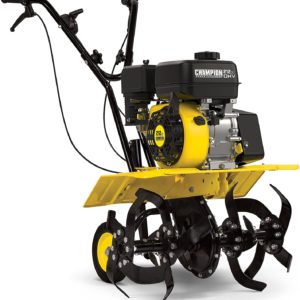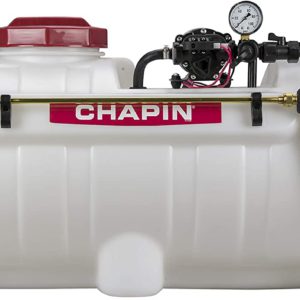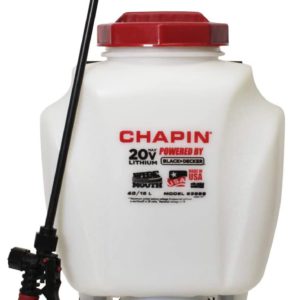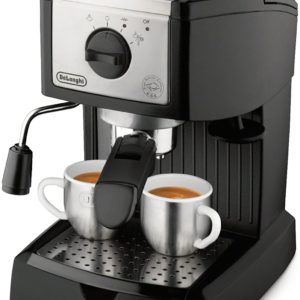9
Oct
प्रधानमंत्री पीक विमा योजना (पीएमएफबीवाय)
प्रधानमंत्री पीक विमा योजना (पीएमएफबीवाय)
तपशील
१८ फेब्रुवारी २०१६ रोजी सुरू झालेली “प्रधानमंत्री पीक विमा योजना” ही कृषी विभाग, संयोजन व शेतकरी कल्याण, कृषी मंत्रालयाद्वारे राबवली जाणारी पीक विमा योजना आहे. यामुळे, पीएमएफबीवायचे मुख्य उद्दिष्ट शेतकऱ्यांना नैसर्गिक आपत्तींमुळे (उदा. गार, दुष्काळ, कुपोषण), कीड व रोगांमुळे होणाऱ्या पिक क्षतीपासून आर्थिक संरक्षण प्रदान करणे आहे. तसेच, पीएमएफबीवाय भारतीय शेतकऱ्यांसाठी कमी दराच्या प्रीमियमवर विमा संरक्षण उपलब्ध करून देते. म्हणूनच, ही योजना विमा कंपन्या आणि बँका या नेटवर्कमार्फत अंमलात आणली जाते. याशिवाय, ही योजना ५० कोटींपेक्षा अधिक शेतकऱ्यांना आणि पन्नासाहून अधिक पिकांना संरक्षण देते.
उद्दिष्टे
अनपेक्षित कारणांमुळे होणाऱ्या पिक नुकसान किंवा खंडित झालेल्या पिकांसाठी शेतकऱ्यांना आर्थिक सहाय्य व आधार देणे.
शेतकऱ्यांच्या उत्पन्नाचे स्थिरीकरण करणे आणि त्यांनी शेती सुरू ठेवावी याची खात्री करणे.
शेतकऱ्यांना आधुनिक व नवकल्पनात्मक कृषिपद्धती अवलंबण्यास प्रोत्साहन देणे.
पिक विविधता सुनिश्चित करणे, शेतकऱ्यांची ऋणक्षमता वाढवणे, कृषी क्षेत्राची वाढ व स्पर्धात्मकता सुधारणे व शेतीतील उत्पादन धोके टाळणे.
फायदे
पर्यायी प्रीमियम दर: खरीप अन्न व तेलबिया पिकांसाठी शेतकऱ्याने जास्तीत जास्त २ % प्रीमियम भरावा लागेल. तसेच, रबी अन्न व तेलबिया पिकांसाठी हा दर १.५ % आहे आणि वार्षिक व्यावसायिक किंवा बागायती पिकांसाठी ५ % दर आहे. उर्वरित प्रीमियम सरकारद्वारे Subsidy केले जाते.
उत्तरेकडील राज्ये व जिप/हिमाचल प्रदेशमध्ये असलेल्या शेतकऱ्यांसाठी, सरकार संपूर्ण प्रीमियम भरण्याची जबाबदारी स्वीकारते.
समग्र संरक्षण: योजना नैसर्गिक आपत्ती (दुष्काळ, पुर), कीड व रोग या सर्वांनाच समाविष्ट करते. त्याचप्रकारे, गार, जमीन घसरवणे यांसारख्या स्थानिक धोके व पीक च्या कापणीनंतर होणारी हानी देखील या अंतर्गत येते.
वेळेवर नुकसान भरपाई: पीएमएफबीवाय दावा प्रक्रिया कापणी नंतर दोन महिन्यांत पूर्ण करण्याचा लक्ष्य ठेवते, ताकि शेतकऱ्यांना त्वरित भरपाई मिळावी व ते कर्जात न अडकतील.
तंत्रज्ञान आधारित अंमलबजावणी: पीएमएफबीवाय सॅटॅलाइट इमेजिंग, ड्रोन व मोबाईल अॅप्स यांसारख्या प्रगत तंत्रज्ञानाचा वापर करते, त्यामुळेच पिक नुकसानाची अचूक मोजणी व दावा समायोजन सुनिश्चित होते.
समाविष्ट जोखीम
उत्पादन तोटा (उभ्या पिकांसाठी): सरकार अशा जोखमींसाठी विमा कवच देते, जे अप्रत्याशित कारणांनी घडतात — जसे की नैसर्गिक आग व विजेची चमक, वादळ, गार, वादळझाडे, पूर, जिह्वाघट (लँडस्लाइड), कीड / रोग, दुष्काळ इत्यादी.
रोपणी थांबवणे (Prevented Sowing): काही वेळा अनुकूल हवामान नसल्याने शेतकरी पिकं लावू शकत नाहीत. अशा परिस्थितीत, त्या शेतकऱ्यांना विमा रक्कमेच्या २५ % पर्यंत इन्डेम्निटी (दावा) मिळू शकते.
कापणीनंतर होणारी हानी: सरकार “cut and spread” अवस्थेत असलेल्या पिकांसाठी १४ दिवसांच्या कालावधीपर्यंत कापणीनंतर होणारी हानी भरपाई करते. उदा. सायक्लोन किंवा अतिसार येऊन शेतात सुकवलेल्या पिकांना होणारी हानी यामध्ये येते.
स्थानिक आपत्त्या: गारपिटी, जमिनीचे घसरण, पूर यांसारख्या स्थानिक आपत्तींमुळे होणारी नुकसान ही योजना कव्हर करते, जर ती जाहीर क्षेत्रात असेल.
पात्रता
जाहीर क्षेत्रात जाहीर पिकं लावणारे सर्व शेतकरी — भाडेकरू व टेकाट शेतकरी देखील.
शेतकऱ्याला विमाधीन पिकावर आर्थिक हित असणे आवश्यक.
वैध व प्रमाणित जमीन मालकीचे अधारपत्र किंवा जमीन ताब्याचा करार असणे आवश्यक.
शेतकरी त्या भूमीत शेती करीत असावा — व त्याच जमिनीवर तो टेकाट किंवा शेती करणारा असावा.
विमा अर्ज वेळोवेळी करणे — सहसा पिकपेरणीच्या सुरुवातीच्या २ आठवड्यांच्या आत.
शेतकऱ्याने त्या पिकासाठी इतर स्त्रोतांमधून भरपाई मिळाली नसेल.
वगळलेले घटक
अजाहीर नसलेली क्षेत्रे: पीएमएफबीवाय फक्त जाहीर क्षेत्रांवर लागू होते; जाहीर नसलेल्या भागातील पिकनुकसानास सहसा भरपाई दिली जात नाही.
पिक चक्राच्या बाहेरील नुकसान: पिक वाढीच्या वेळेनंतर किंवा आधी झालेली नुकसान ही कव्हर होणार नाही.
उपेक्षा व नियम मोडणे: शेतकऱ्याच्या दुर्लक्षामुळे किंवा शिफारसी न पाळल्यामुळे झालेले नुकसान बहुधा कव्हर केले जाणार नाही.
निर्धारित मर्येत्तेपलीकडे नुकसान: काही नुकसान आधी ठरवलेल्या मर्यादेपलीकडे असल्यास भरपाई न मिळू शकते.
प्रीमियम न भरणे: आवश्यक प्रीमियम न भरल्यास कवच रद्द होऊ शकते.
अर्ज करण्याची प्रक्रिया
ऑनलाइन / ऑफलाइन (CSCs द्वारे)
प्रथम “Pradhan Mantri Fasal Bima Yojana” च्या अधिकृत वेबसाइटला भेट द्या.
मुख्य पृष्ठाच्या उजव्या वरच्या कोपऱ्यात “Farmer Corner” वर क्लिक करा.
पॉप‑अपमध्ये “Guest Farmer” निवडा. यामुळे ऑनलाइन नोंदणी फॉर्म उघडेल.
जर आधी नोंदणी केली असेल, तर थेट पुढील टप्प्यांकडे जा.
नोंदणी फॉर्ममध्ये आवश्यक माहिती भरा — शेतकरी तपशील, पत्ता, ओळखपत्र, बँक खाती इत्यादी.
खालच्या भागात Captcha कोड भरा व “Create User” क्लिक करा.
यशस्वी नोंदणीनंतर “Farmer Corner (Apply for Crop Insurance Yourself)” वर क्लिक करा → “Login for Farmer” निवडा.
लॉगिन पेजवर मोबाईल नंबर, Captcha कोड भरा → “Request for OTP” → प्राप्त OTP भरून “Submit” करा → अर्ज फॉर्म उघडेल.
अर्ज फॉर्ममध्ये सर्व आवश्यक माहिती भरा व संबंधित दस्तऐवजांतर्गत स्वरूप व आकारात अपलोड करा. “Preview” करून तपासा व “Submit” करा.
सबमिशननंतर “Pay Later” किंवा “Make Payment” विकल्प दिसेल — यापैकी एक निवडा.
यशस्वी पेमेंटनंतर रसीद प्रिंट करा.
अर्ज स्थिती तपासणे
PMFBY वेबसाइटवरील “Application Status” पर्यायाद्वारे अर्जाची स्थिती पाहू शकता.
आवश्यक दस्तऐवज
पासपोर्ट साइज फोटो
पासबुक
ओळखपत्र (आधार/PAN/मतदार कार्ड/बँक पासबुक फोटो सहित)
पत्ता पुरावा (आधार/PAN/मतदार/Electricity बिल इत्यादी)
जमीन दस्तऐवज: राज्याच्या अभिलेखांनुसार Records of Right (RoR), जमीन ताब्याचे प्रमाणपत्र (LPC), इतर करार/अधिकार
पिक ज्या पिकाची रोपणी केली किंवा करायची आहे, त्याबाबत घोषणापत्र


